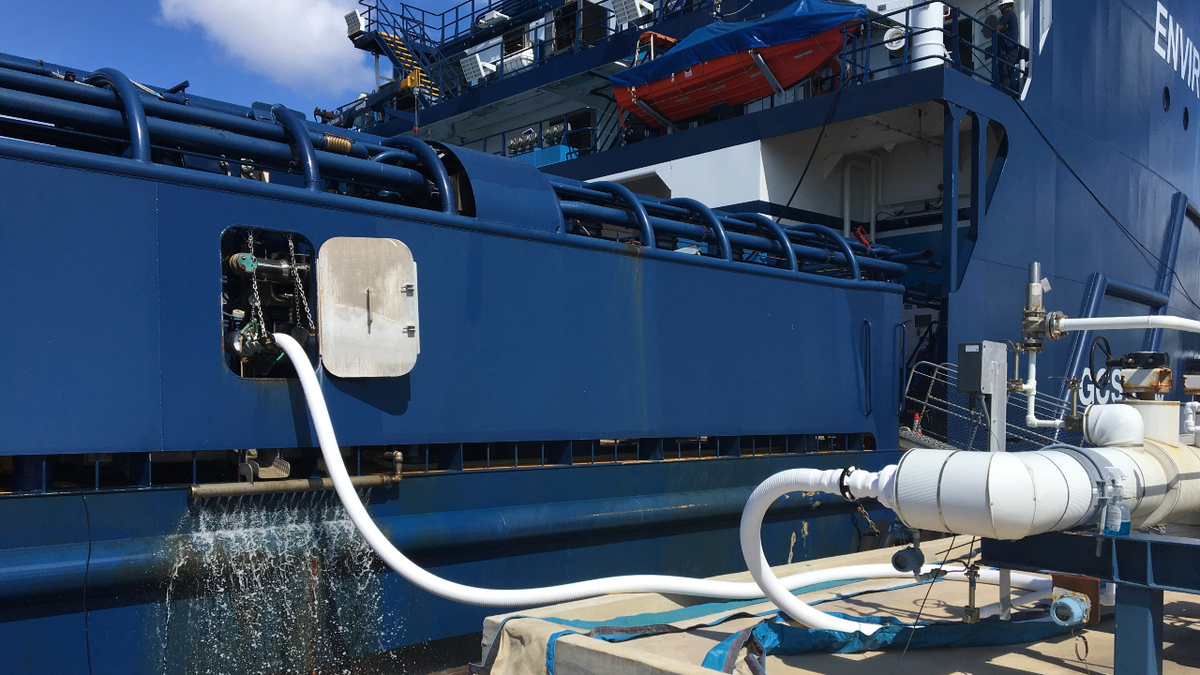
The climate implications of using LNG as a marine fuel
Different view point on using LNG as an alternative marine fuel towards sustainability considering methane slip and life cycle analysis of LNG.
In 2018, the IMO adopted an initial strategy to reduce and eventually eliminate GHGs from the international maritime shipping sector. This transition will require using fuels that contain less carbon and, eventually, zero carbon. LNG contains less carbon per unit of energy than conventional marine fuels, which means that burning it emits less carbon dioxide (CO2). However, there are other GHG emissions to consider.
In 2018, the IMO adopted an initial strategy to reduce and eventually eliminate GHGs from the international maritime shipping sector. This transition will require using fuels that contain less carbon and, eventually, zero carbon. LNG contains less carbon per unit of energy than conventional marine fuels, which means that burning it emits less carbon dioxide (CO2). However, there are other GHG emissions to consider.
This is a timely issue. LNG represented less than 3% of ship fuel consumption in the years 2013 through 2015 (Olmer, Comer, Roy, Mao, & Rutherford, 2017), but more ships than ever are now using LNG. In 2019, there were 756 LNG-powered ships, of which 539 were LNG carriersup from 355 ships, including 309 LNG carriers, in 2012, according to internal ICCT analysis based on IHS (2019) data.
Working Paper 2020-02
By The International Council on Clean Transportation is available on below link for complete analysis





